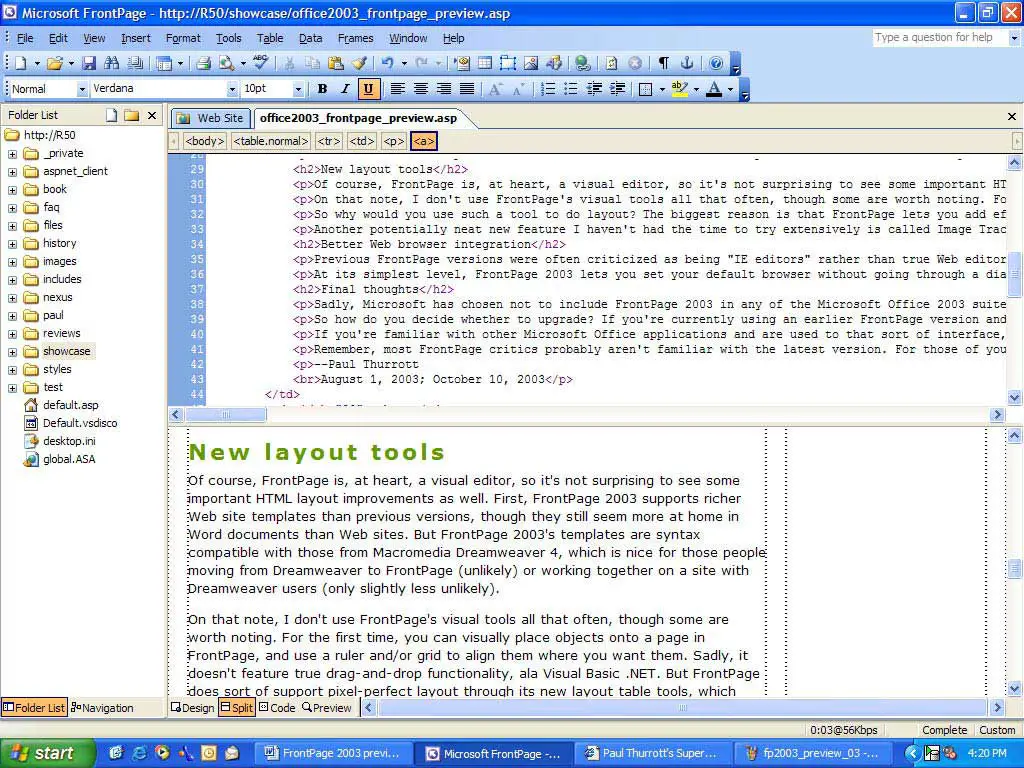March 22, 2025, was a day to remember. Our 123rd High School Day celebration at Ilocos Sur National High School (ISNHS). The day was filled with laughter, memories, and an overwhelming sense of unity. For us, the Grade 10 students, the most fun part was when we all came together as one on the field. It was like we were the same person, united in spirit and energy. To add to the fun, we wore clip-on bangs and shades that made the whole experience even more amusing..XD
But beyond the laughter, there was a deep realization for all of us. As part of the celebration, we proudly represented the LGBTQ+ community, holding our pride flags high as we danced with confidence and joy. It wasn’t just about the performance or the outfits, it was about standing together, embracing diversity, and celebrating who we are.
The yearly celebration of the founding of ISNHS is more than just a tradition, it’s a testament to the school’s rich history and the community that continues to thrive within it. For 123 years, ISNHS has been a place where students grow, learn, and form lasting memories. The annual High School Day celebration honors not just the school’s past but also the future we are all building together. It’s a day to remember where we’ve come from, celebrate how far we’ve gone, and look forward to the endless possibilities ahead. It’s about making connections, embracing each other’s differences, and creating a lasting legacy.
Nevertheless, the day was a beautiful reminder that ISNHS is not just a school. It’s a community where every student, regardless of background, can feel proud and supported. And for that, we’ll always cherish the memory of the 123rd High School Day celebration.
pictures from: Sir Dhanz D. Frio













.png)










